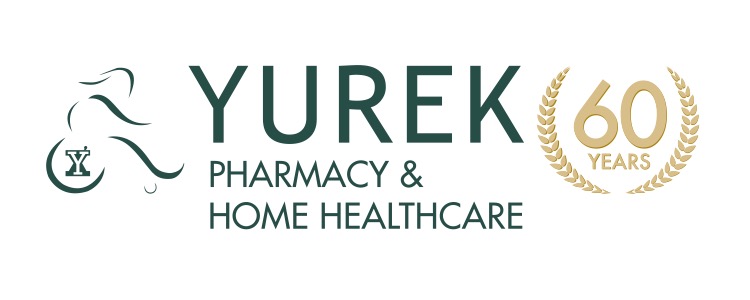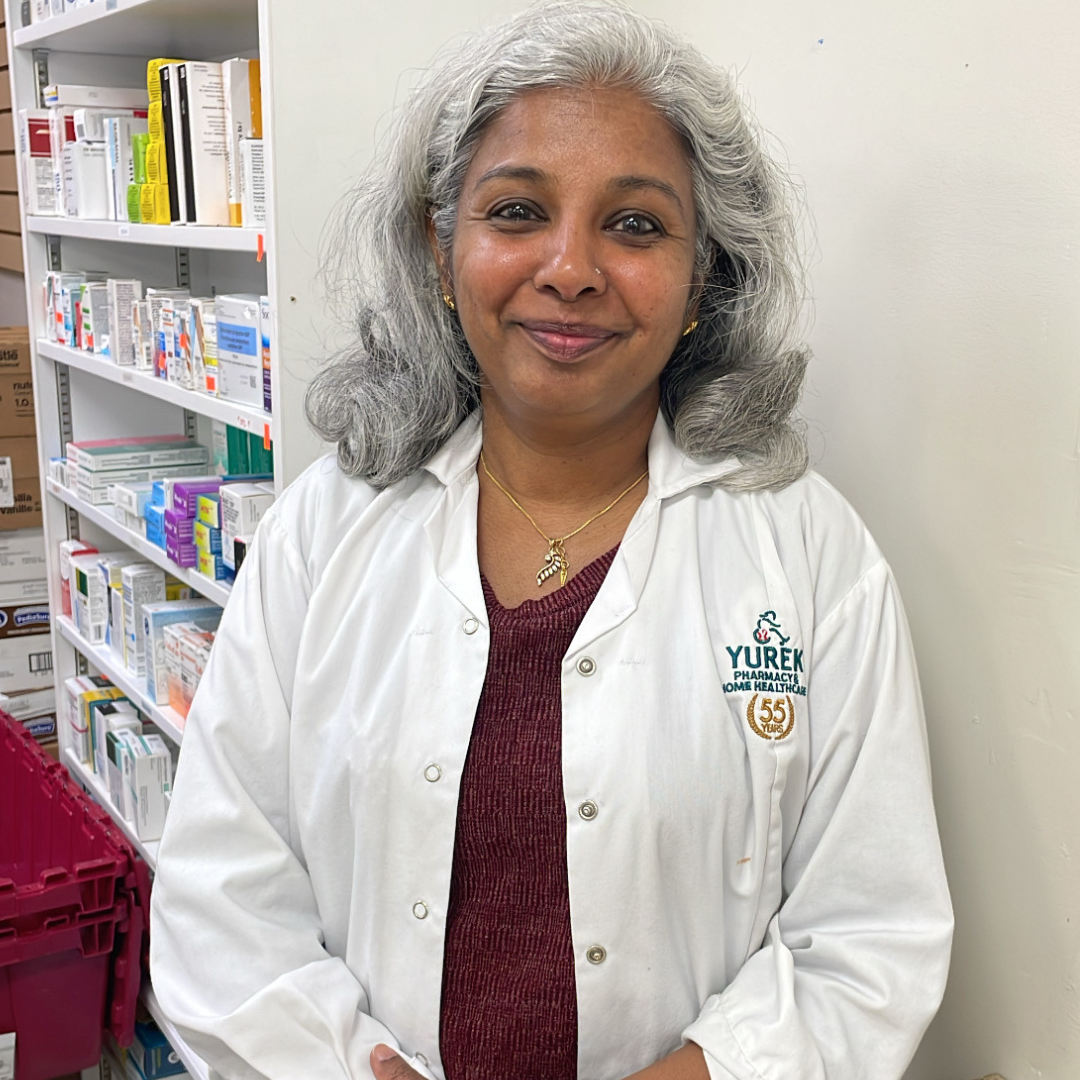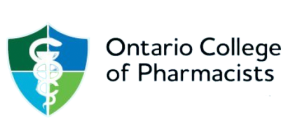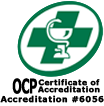Sarah Almasalkhi, RPh
October is Breast Cancer Awareness Month. Breast cancer is the second most common cancer in Canada. One in eight Canadian women are diagnosed with breast cancer in their lifetime; 83% of cases occur in women over 50 years of age. The Ontario Breast Screening Program (OBSP) encourages people in Ontario to get screened for breast cancer and provides locations of screening sites across Ontario. The OBSP provides recommendations on routine screening for two different groups of people: those at average risk and those at high risk.
Individuals between the ages of 50 to 74 with average risk (majority of people) of breast cancer should be screened every 2 years. High risk individuals ages 30 to 69 should be screened every year with mammography. High risk individuals include those with personal or family history of breast cancer, BRCA1 or BRCA2 gene mutations.
A mammogram (mammography) is a low dose breast X-ray. It is the best screening test for detecting breast cancer at an early stage. During a mammogram, the breast is compressed between two panels and X-rayed from two directions (top-down and side-to-side) to make sure all tissue is examined.
Self-examination is another method of screening, however, many experts do not recommend routine monthly exams due to increased anxiety, expense and pain associated with unnecessary tests and breast biopsy if an abnormality is predicted. Abnormal lumps during self-examination present as firm or a hard lump that feels very different from the rest of the breast. The lump doesn’t get smaller or come and go with menstruation. It may be tender, but it’s usually not painful. Other breast changes include: changes in shape or size of one breast, changes in the nipple (nipples starts to point inward), bloody discharge when squeezing the nipple, redness, scaling or inflammation not related to infection or skin conditions such as psoriasis or eczema.
The goal of breast cancer screening is to find cancer early, before it has a chance to grow, spread, or cause problems. Breast cancer deaths have decreased by one-third or more in the past three decades. This is due in part to increased screening, as well as earlier and improved treatment for breast cancer.
